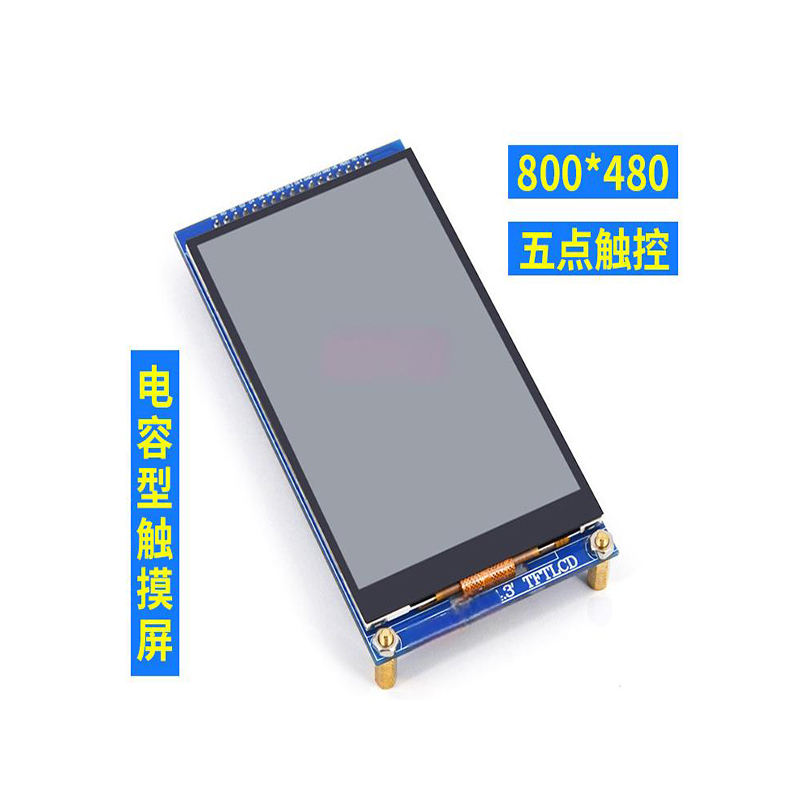
Discover the capabilities and applications of 0.96 OLED displays. This guide explores their technical specifications, advantages, disadvantages, and diverse use cases, helping you make informed decisions for your next project. Learn about key features, considerations for selection, and where to find reliable suppliers.
Organic Light-Emitting Diodes (OLEDs) are a display technology that uses organic compounds to emit light when an electric current is applied. Unlike LCDs which require a backlight, OLEDs produce their own light, resulting in superior contrast ratios, deeper blacks, and vibrant colors. 0.96 OLED displays, specifically, are compact and offer excellent image quality in a small form factor.
These displays often boast high resolution, wide viewing angles, fast response times, and low power consumption. Specific features can vary depending on the manufacturer and model, so always refer to the manufacturer's specifications. Look for details on resolution (e.g., 128x64 pixels), color depth (e.g., 65K colors), brightness, and contrast ratio to determine the suitability for your application. Some 0.96 OLED display products may also include features like touch functionality.
The small size and low power consumption of 0.96 OLED displays make them ideal for wearable devices such as smartwatches, fitness trackers, and smart glasses. The vibrant colors and high contrast enhance the user experience.
From handheld devices to embedded systems, 0.96 OLED displays offer clear, readable information in various industrial settings. Their robustness and durability make them suitable for applications in challenging environments.
These displays find use in a variety of consumer electronics, including small portable media players, digital cameras, and other gadgets requiring a compact yet high-quality display.
When selecting a 0.96 OLED display product, consider factors such as resolution, interface type (e.g., SPI, I2C), power consumption, operating temperature range, and the availability of supporting drivers and libraries. The intended application will significantly influence your choices.
Several manufacturers offer 0.96 OLED displays with varying specifications. It is crucial to compare models based on your specific requirements before making a purchase. Consider consulting datasheets provided by the manufacturers for detailed specifications.
| Feature | Model A | Model B |
|---|---|---|
| Resolution | 128x64 pixels | 96x64 pixels |
| Interface | SPI | I2C |
| Brightness | 250 cd/m2 | 200 cd/m2 |
Reliable suppliers are crucial for acquiring high-quality 0.96 OLED display products. Many distributors and manufacturers offer these displays directly. You can explore online marketplaces and specialized electronics component suppliers to find a suitable option. For high-quality OLED displays, consider exploring options from reputable suppliers like Dalian Eastern Display Co., Ltd. Always verify the supplier's reputation and ensure they provide adequate support and documentation.
0.96 OLED displays offer a compelling combination of size, image quality, and power efficiency, making them suitable for a diverse range of applications. Careful consideration of the factors outlined above will help you choose the perfect display for your project. Remember to check the manufacturer's specifications for the most accurate details.












